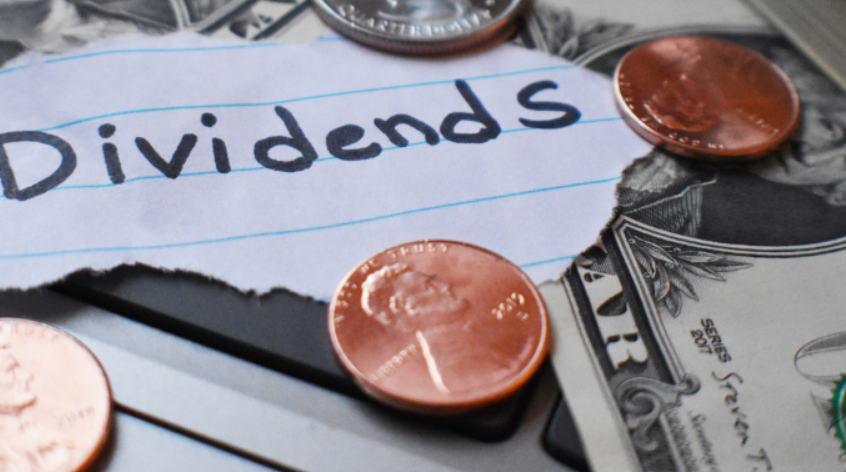The company's maturity is the most significant factor to consider when analyzing the dividend payout ratio. A low or even nil payout ratio would be acceptable for a young, growth-oriented firm that intends to expand, develop new products, and enter new markets. This company should be expected to reinvest most of its earnings in these endeavors. Companies that do not pay dividends have a payout ratio of 0%, whereas those that distribute all of their net income as dividends have a payout ratio of 100%.
It's possible that activist investors could be drawn in by an older, well-established company that only pays small dividends. The new CEO of Apple (AAPL) thought that the company's massive cash flow made a 0% payout ratio impossible to explain in 2012, over twenty years after the last dividend was paid.
Since a high payout ratio indicates that a company has progressed beyond its early growth stage, share prices are unlikely to rise quickly.
Dividend Sustainability
A dividend's long-term viability can be gauged using the payout ratio. Because it can lower the stock price and adversely affect management's performance, companies are exceedingly reluctant to slash dividends. By giving out more money than it takes in, an organization is likely to have to cut its dividend or stop paying it entirely if its payout ratio rises above 100 percent. However, it's not a given that this will be the case.
When a corporation has a difficult year, withholding dividends is generally in its best interest. To put the backward-looking one into context, it is necessary to consider future earnings estimates and construct a forward-looking payout ratio.
Trends in payout ratio over time are also important. While a steady rise in the ratio could suggest a robust, maturing business, a sudden spike could indicate that the payout is heading toward unsustainable territory.
The dividend payout ratio is the opposite of the retention ratio. Using the dividend payout ratio, investors may determine how much of a company's profits are paid to shareholders. In contrast, the retention ratio shows how much of the company's profits are retained or invested.
Dividends Are Industry Specific

Industry-specific dividend payouts, like most ratios, are best compared within the same industry. Because of their favorable tax treatment, real estate investment trusts (REITs) must pay out at least 90% of their profits to shareholders.
As a rule, master limited partnerships (MLPs) payout ratios are also quite high.
The payout ratio is not always a thorough picture of a company's ability to return value to shareholders. Dividends and share buybacks are included in the augmented payout ratio, which is determined by dividing the sum of dividends and buybacks by the same period's net income. This can indicate a preference for short-term gains in the stock market at the expense of long-term growth if the result is too high.
Stock dividends might be subtracted for corporations that issue preferred shares to get a more realistic image.
How to Calculate the Payout Ratio in Excel
You might begin by calculating the dividends per share by dividing the total dividends paid by the number of shares in existence (DPS). To illustrate, let's imagine that you hold 5 million shares of a company that distributed $500,000 of profits as dividends last year. In Microsoft Excel, enter "Dividends per Share" in cell A1. For example, the dividend per share of this company is $1, as shown in cell B1 (=5000000/5000000). Make sure you know what the problem is before you get started. Cell A2 should have the value "Earnings per Share." Suppose the business produced $50 million in earnings last year. Net income is divided by preferred stock dividends to arrive at earnings per share (shares outstanding). Enter "=(50000000 - 5000000)/5000000" in cell B2. The earnings per share (EPS) of this corporation is $9.
In order to determine your return on investment, it's time to do the math. The "Payout Ratio" field should be entered in the data in cell A3. As a result, after entering "=B1/B2" in cell B3, the payout ratio is 11.11 percent. Investors can use this ratio to assess dividends. Due to their focus on investing their profits in growing the business, new businesses may have a smaller payback ratio than established firms.
Example of How to Use the Payout Ratio
There are a number of options for companies that make a profit at the end of the year. Their options include paying money out as dividends, reinvesting in the business' future growth, or doing both. Using the payout ratio, investors can discover how much of a business earnings are allocated.




